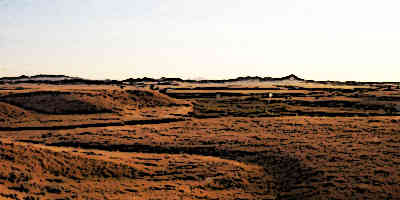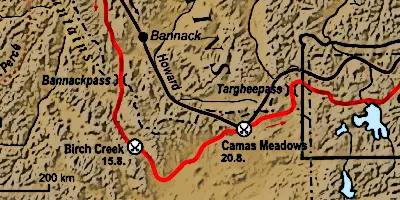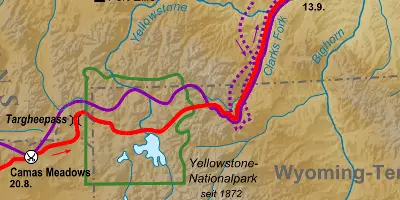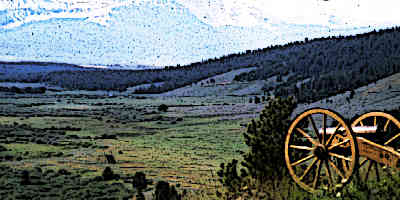Battle of Bear Paw 1877
Nez Pearce Indians retreated towards the Canadian border from the pursuing American Army
Battle of Camas Creek 1877
The Battle of Camas Creek took place on August 20, 1877 in the southeastern part of the Idaho
Battle of Canyon Creek 1877
Battle of Canyon Creek took place near Canyon Creek 'Montana'. It was fought on September 13, 1877.
Battle of Cottonwood 1877
Battle of Cottonwood took place near Cottonwood 'Idaho', from July 3, 1877 to July 5, 1877.
Battle of the Big Hole
Battle of Big Hole took place on August 9, 1877 and August 10, 1877, in Beaverhead County 'Montana'.
Battle of the Clearwater 1877
The Battle of Clearwater took place in the Idaho County of the state of Idaho.
Battle of White Bird Canyon
The Battle of White Bird Canyon was fought in Idaho County in the state of Idaho
Background of the Nez Perce War
The Nez Perce tribe lived in northwest parts of the United States of America. They had long lived in this area which they considered their ancestral land. But as the USA expanded and white settlers reached the area, there was a conflict between the Indians and the white newcomers.
In 1855, the U.S. government tried to settle this conflict by allowing the Nez Perce to retain 7.5 million acres of their ancestral land along with other privileges. But the government soon went back on this treaty and demanded that all Nez Perce leave their ancestral lands and relocate to a reservation site in Idaho.
A part of the Nez Perce tribe agreed to do so but many bands of the tribe were indignant over the violation of the previous treaty by the U.S. government and decided to fight back. This ultimately led to the war between U.S. Army and the Nez Perce warriors.
When and where was the war fought?
The Nez Perce War started in June 1877 and continued until October 1877. It was fought in the modern-day states of Oregon, Idaho, Wyoming, and Montana.
Commanders on both sides
The important commanders on the U.S. side were Brigadier General Oliver Otis Howard and Brigadier General Nelson A. Miles. The U.S. army which took part in this war comprised nearly 1500 soldiers. The most important leader of the Nez Perce side was Chief Joseph. The Nez Perce alliance comprised 250 to 300 warriors.

The Fighting
The Nez Perce had only nearly 300 warriors on their side. And yet, once the war started, they fought fiercely and engaged the U.S. army in a number of battles. They defeated a small force of U.S. soldiers at the Battle of White Bird Canyon in June 1877. This was the first battle between Nez Perce and the U.S. army.
Following this fight, the Nez Perce tribe started retreating towards the southeast. Along the way, they were followed by the U.S. Army and had to fight many battles. And yet, despite having only a small band of warriors, the Nez Perce not only held off the U.S. army but also continued to retreat successfully.
At one point in the war, they sought refuge with the Native American Crow Nation but they were refused. So they continued to retreat away from the U.S. army which was following them and hoped to enter Canada.
In all, the Nez Perce fought nearly 18 engagements against the U.S. Army, including 4 major battles. And they were not defeated or overwhelmed in either of them.
Surrender and end of the war
When the retreating Nez Perce stopped and made camp nearly 40 miles from the Canadian border, the U.S. Army finally caught up with them on September 30, 1877. The Nez Perce fought back for three days but then they finally surrendered.
Learn More about the Nez Perce tribe at Wikipedia






